Comparing and Contrasting the 2017 Husqvarna FX350 VS FX450
Photos: Scott Hoffman
Photo models/test riders: Dustin Hoffman and Nicky Reimer
These days the closed-course, off-road segment is very strong and even Japanese manufacturers are jumping on the bandwagon. KTM has been king of this class and with its association with Husqvarna, the line has expanded through its extended family. Although the two share a lot of technology and manufacturing, they strive to keep their brands unique and separate.
For 2017, the Husky FX line is basically a motocross bike morphed into a closed-course, off-road racer. In California that means no Green Sticker, no spark arrestor, and limited access to some riding areas. In a nutshell, the FX line comes standard with an 18-inch rear wheel, oversized white fuel tank, handguards, slightly softer suspension (but not full enduro settings), side stand, Dunlop off-road AT 81 tires, and the FX350 has a six-speed close-ratio transmission.
Updates for 2017 include some shared items with its sister KTM, but also some specific to Husky. The look and plastic set Husqvarna apart and the unique one-piece carbon composite subframe is all their own. The ’17 FX, just like the Moto TX, received the updated WP AER 48mm air sprung fork over the controversial 4CS fork from before. Like the moto bikes, the FXs get the adjust-on-the-fly, dual-ignition curve switch and traction control setting. The fork alone claims to be 3.6-lb lighter than the 4CS. A larger lithium ion battery with more cranking power is now standard.
Although we are kind of clumping these two bikes into one first impression, be aware they are very much different machines. Yes, they are similar full-sized motorcycles, but they act different, ride different, and, depending on the rider, their appeal is very diverse.
Our first impression of these machines were brief, but we had enough time to get a little idea of what they are intended for and what makes them click. They appeal to the rider that races off-road races such as GNCC, Big 6, or local Grand Prix events. For the most part they can crossover to motocross very well on outdoor-style tracks. If you wish to attack an intense, jump-filled track on a regular basis, some suspension work will be needed to avoid severe bottoming in the event you come up short or go long on larger jumps. Both bikes do crossover very well, but testers said they did feel the suspension being a little soft on jump faces and harsh landings.
The bikes do not come with spark arrestors so open off-road jaunts will require a muffler change and you need to check with your state when and if this bike can be ridden in certain settings.
FX 350
What we noticed first off is how light and nimble the 350 feels, even in the first few minutes of riding. The effortless sensation is confidence-inspiring and the engine is so free-revving it performs like a full-mod engine right from the get-go. The 350 acts like a 250 but has massive power and if you like to rev an engine, you will be amazed how the 350 engine just continues to build its rev further than you would ever expect. It never noses off, it just keeps going, then holds its revs until you decide to grab another gear and then the ride starts all over again. No, it does not have 450 low-end, but when you learn to use its power curve it starts to become second nature. For a 450 regular, jumping on the 350 is like riding a 125 after years of being away from one—they are just fun.
The chassis is very balanced and Husky did a pretty good job with the suspension. It is a little soft for big g-outs and larger hits, but works good right in-between. In mellow trail settings it might still be a little firm, but the bike was not really designed for enduro or trail settings. It’s made to race off-road and that means moving through the stroke but without making the bike kick around. That brings us to the engine. While it excels when the throttle is opened up, if you do want to take it into tight trail settings you might realize it does not like to chug at very low rpm, and in technical sections it has a tendency to stall if you are not careful and covering the clutch. This is probably the only real downfall we discovered during our venture on the 350. If you take the 350 into Hard Enduro events, you’ll want to consider adding some flywheel weight to the engine to help the 350 chug through technical sections more efficiently.
First impression from test riders is they liked the 350 and how light it felt both off-road and on the motocross track. The fact the engine and chassis can be ridden very aggressive or average,it responds very well and is very appealing to the masses. Because it is off-road equipped and has motocross roots, this is a very solid crossover machine for the rider looking for a do-all machine.
FX450
Jumping on the 450 from the 350, the difference is apparent. The 450 feels heavier from the get-go but also more stable and there’s less desire or need to ride so aggressively. The engine alone offers so much more tractable torque down low and acts so much different than the 350. This is where personal preference comes into play. And when you start to mess with the dual maps on the 450 and the traction control, you realize how lazy you can ride the 450 over the 350 if desired. But you do have to get used to the fact that the 450 makes its power a lot lower than the 350 and then tapers off years before the 350 which keeps revving to the moon. When you swap bikes back and forth you can tell the difference right off the bat and you have to ride each bike differently because of the power delivery. On more technical terrain, the 450 does put the power to the ground better and is plenty capable of lugging down to a crawl without stalling like the 350.
The ergonomics are very similar on both bikes yet the 450 is less nimble–but then you realize the added feel can be inviting depending on what you are looking for. Younger testers embraced and liked the feel and aggressive nature of the 350 but they also appreciated the predictable nature and power delivery of the 450. We try and tell them they can’t have it all but the kids these days!
The suspension was very similar to that of the 350, balanced and worked pretty good across the board for moto and off-road, but had its limits on the track. It was a tad firm on the technical, slower off-road sections. Depending on the need for the day, we were able to tune the suspension to better suit each condition but needed an entire day to get to the full comfort zone. We only had an hour or so with each bike that day.
Both the FX350 and FX450 are solid motorcycles and fill several voids if you are a rider that can only have one bike and require a do-it-all machine. If you strictly race off-road scramble-style events they are perfect. If you are on the fence between the 350 and the 450, it boils down to personal preference. The 350 is a lighter-feeling motorcycle with a very aggressive engine that likes to be ridden hard and revved and revved a little more. It’s not great for slow, technical sections in stock form, but at times the light feeling helps a rider save energy. On the other side of the coin, the 450 has more bottom end, does not have to be revved to be ridden effectively, has a more stable, slightly slower-acting feel over the 350 but also an added sense of stability as well. The 450 chugs down and is more capable in stock form in slower, technical sections and you can be a little lazier at times to ride the 450. Yet at race speeds there are times the 350’s do take less energy to maneuver if you ride the bike correctly.
It is kind of a conundrum, we liked both bikes but for different reasons and there are times we would kill for the 350 and other times we preferred the 450, but we know we can’t have both. They both have their strengths and some weaknesses if you ride them back to back. So, if you are in the market, this will be the determining factor, what are you looking for and what are you willing to give up in exchange?
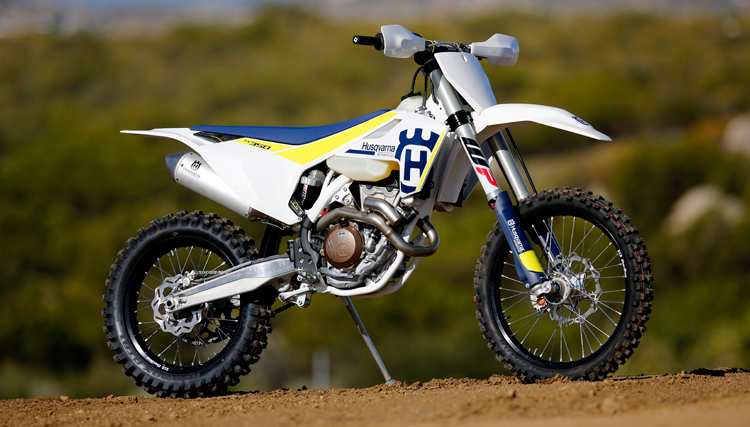

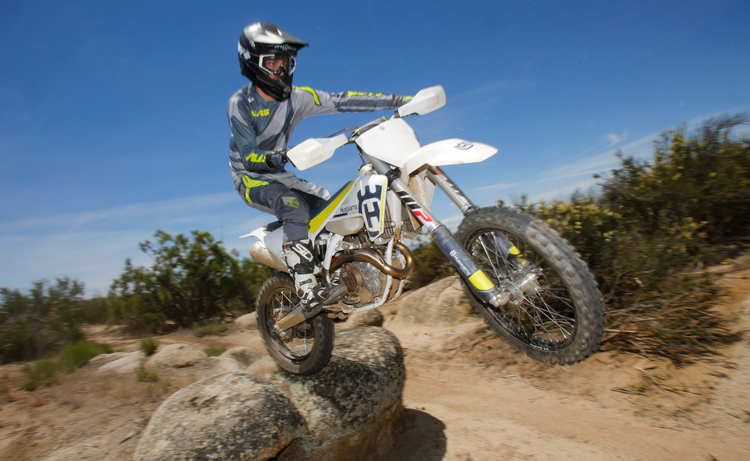
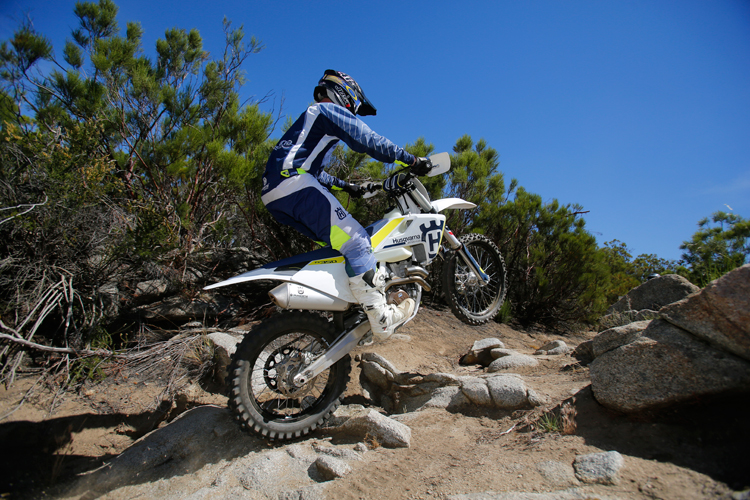
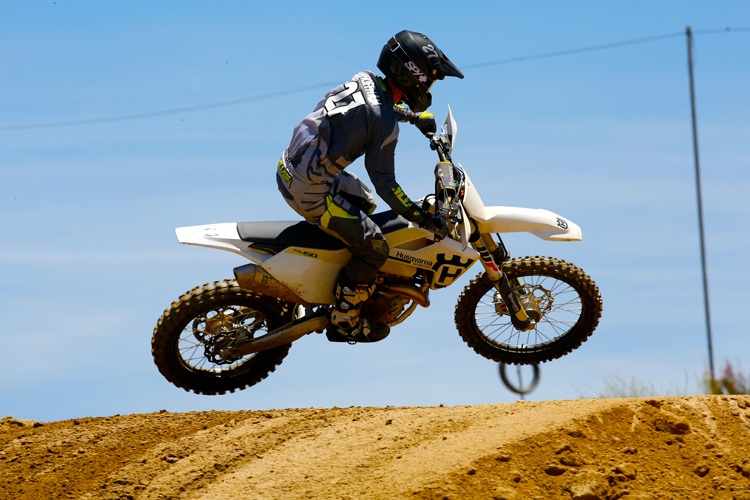
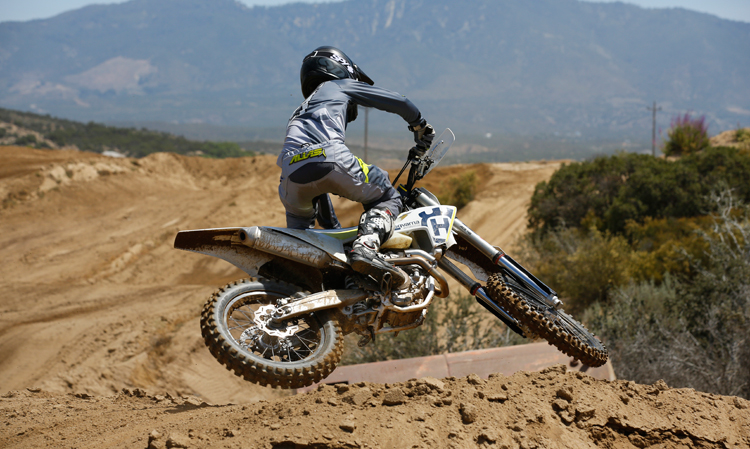
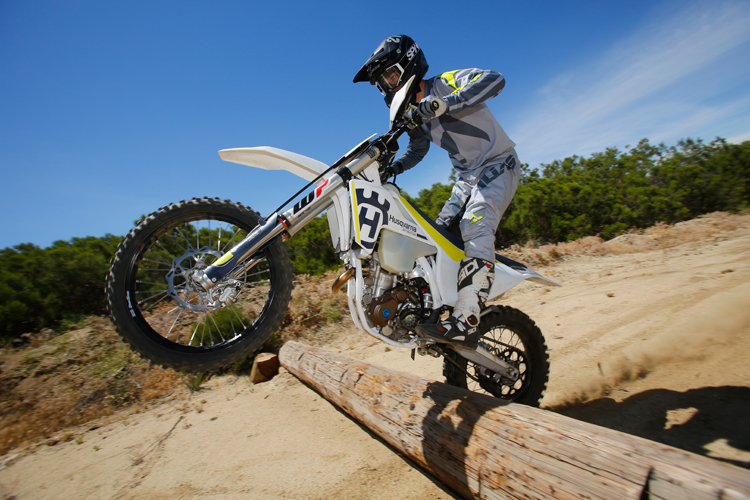


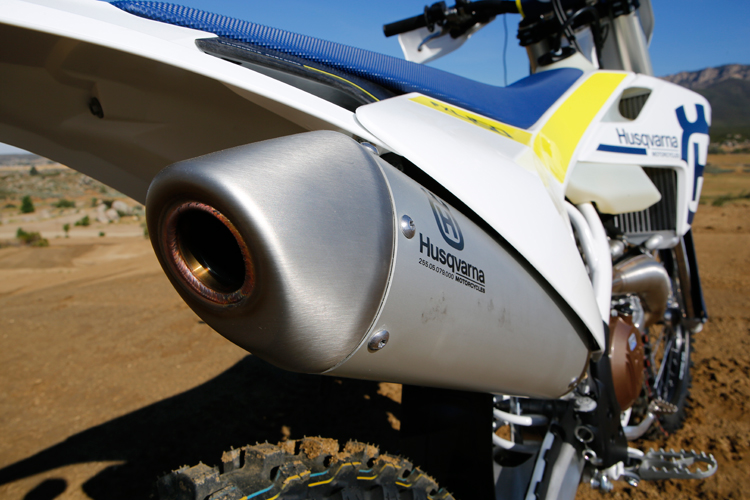
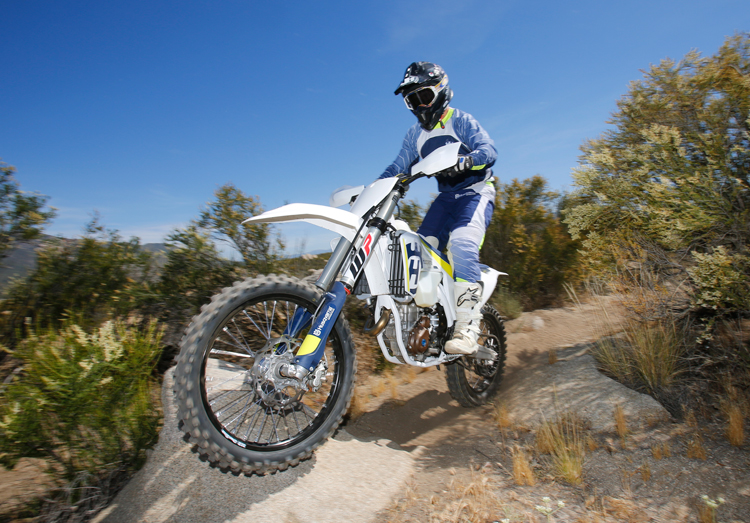


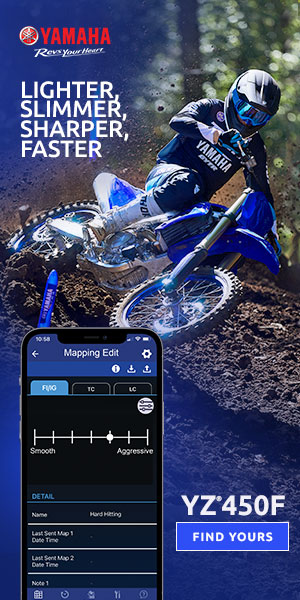
4 Responses to “First Impression: 2017 Husqvarna FX350 and FX450”
Jimmy Lewis
Our heavier test rider wrote the impression and for him the torque of the 350 on the bottom is not really enough and is reflected in that comment. Do not adjust the TPS unless it is out of spec, that is a bad band-aid fix for a number of reasons that you will not find on the internet BBs that think there is a simple solution to a complex issue (and the FX are not emission bikes so this isn’t an issue like it is on some other bikes). If you are having flame-out issues we suggest a FI tuner like the JD jetting Power Surge as it allows tuning to the root of the issue.
Jon
Awesome. I really appreciate the info. Thanks, Jimmy.
Jimmy Lewis
It has been a while since we had these bikes but start with proper ride height and then go from there. And since we don’t know a thing about you it is like shooting in the dark.
Jimmy Lewis
Sometimes too low on air spring also makes the fork stiff and 110 in the rear seems low (also making bike stiff) and taking weight off of front (stiff again) so I might suggest 100-105 in ride height first, then try more air pressure and less compression damping last. For Single track the bike will always act stiff but again do not let it get low in the stroke in normal riding.